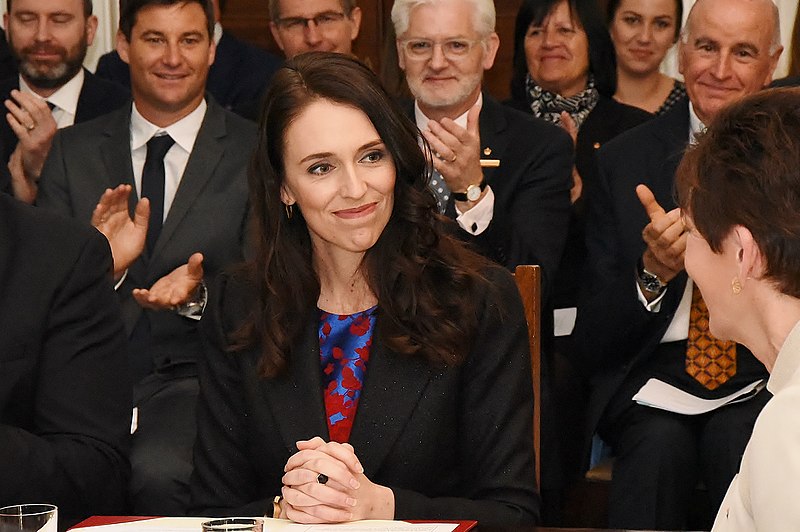
While the rest of the world is grappling with the pandemic, New Zealand not only has things under control, it has virtually eliminated the danger of the coronavirus within its borders. In a recent announcement, Prime Minister Jacinda Ardern said that the virus has been “eliminated”, referring to the lack of community transmission of COVID-19.
“We have won that battle”
For days, New Zealand only reported single-digit cases. On Sunday, there was only one new confirmed case in a nation that number nearly five million citizens.
Now, the country’s foremost public health experts believe that there is no more community transmission of COVID-19.
The term community transmission means that the source of infection for the spread of an illness is unknown or a link in terms of contacts between patients and other people is missing.
When an epidemic is enabled by community transmission it becomes virtually impossible to trace the source of the infection. It’s something that most countries around the world are experiencing due to the highly contagious nature of the virus and few countries have been able to trace contacts successfully. For this reason, the virus looms like a specter and people feel dreaded anxiety because ‘anyone could have it’.
For the time being, New Zealand has navigated out of the most dangerous waters of the pandemic.
Prime Minister Ardern also announced an easing of the toughest social distancing restrictions from Tuesday, moving from Level Four lockdown to Level Three. Some businesses will be allowed to reopen shop but only as long as they don’t involve any face-to-face contact.
“We are opening up the economy, but we’re not opening up people’s social lives,” Ms Ardern said at the daily government briefing.
Ardern mentioned “no widespread undetected community transmission in New Zealand”, adding: “We have won that battle.”
The reason why New Zealand has been able to do so well can be traced to its strategy of not taking any chances from the very beginning.
While most countries have been reluctant to shut down their economies, Prime Minister Ardern ordered a nation-wide lockdown very early on, when there were only around 100 cases and not even a fatality. Borders were closed, all new arrivals in the country had to go through quarantine, and the population was heavily tested. Schools, restaurants, and basically any place of social interest were shut down since March 26.
She also did so while communicating emphatically and kindly, in a manner that inspired the population to understand the urgency of the situation and rally around a common goal.
It now has only 1,121 confirmed cases and 18 deaths ascribed to COVID-19. But if it didn’t impose lockdown as early as it had, New Zealand could have had more than 1,000 new cases a day, according to modeling performed by scientists and cited by Ardern.
While some restrictions will lift come Tuesday, New Zealanders will still be required to stay at home and avoid social interactions. Healthcare and education activity will be allowed to resume, however, most children will still not be able to attend school. The country’s borders will remain closed and mass gatherings are still banned.
Prime Minister Arderen added that the country “must remain vigilant if we are to keep it that way.”






